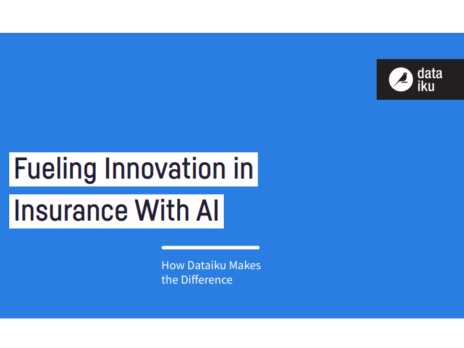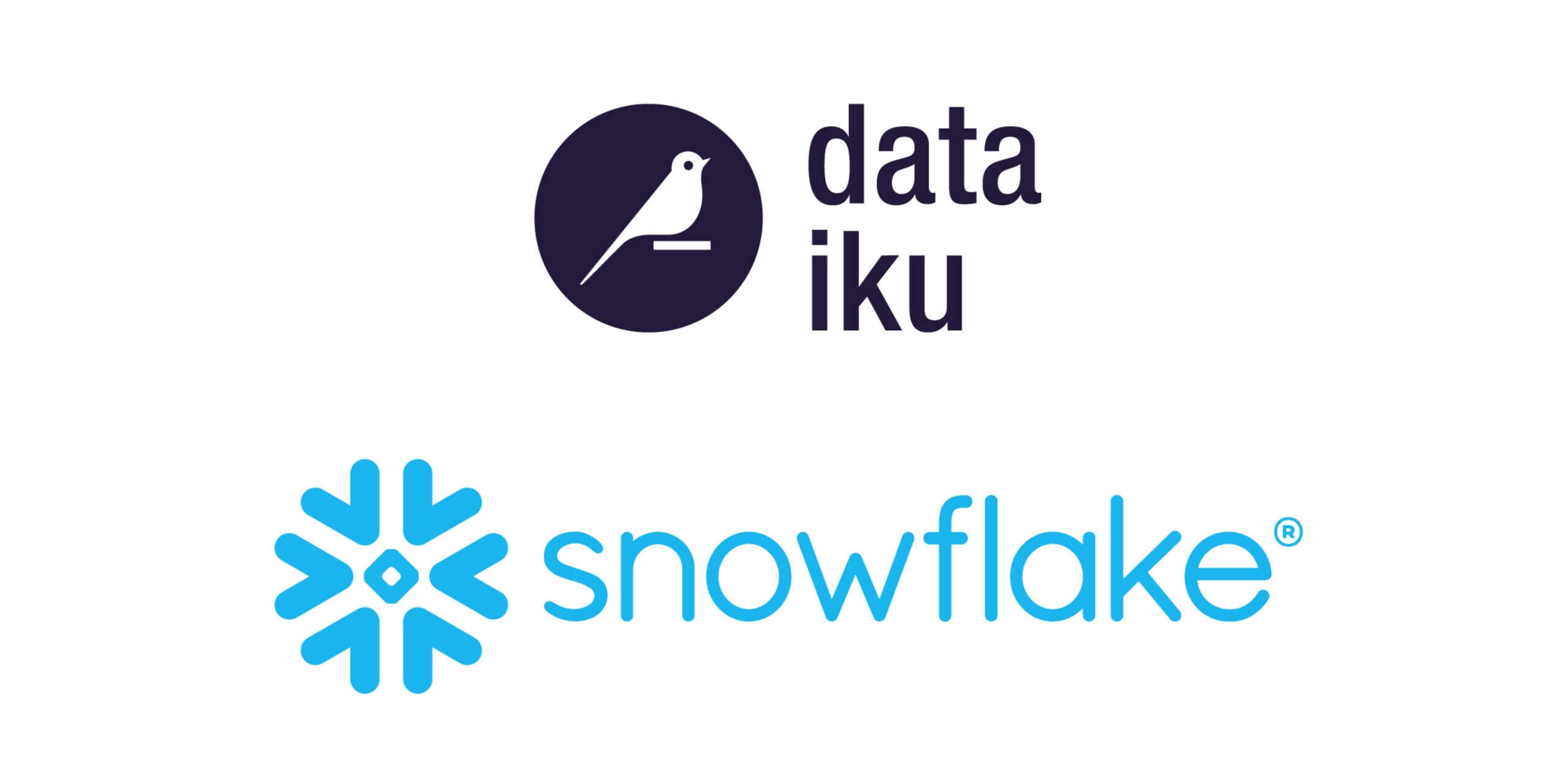The financial services sector is no stranger to cloud technology and its benefits. Following fintech’s cloud-focused emergence in the late-2000s, the traditional banking sector has rapidly adopted too.

It’s easy to see why: from the elimination of costly on-premise IT infrastructure to improved security and data analytics created by cloud technology, financial institutions from Wall Street to Canary Wharf have been unshackling themselves from physical IT infrastructure for years.
While migration has begun within the insurance sector, a significant proportion of that infrastructure still sits on-premise. According to an EY survey, 52% have migrated less than 10% of their operations to the public cloud and only 7% have migrated 90% or more
The data is backed up by the experiences of John McCambridge, global solutions director, financial services and insurance at Dataiku. “Smaller consumer and product-specific insurers have been moving more quickly overall,” he says. “But it is quite unusual to find firms that are entirely or even majority ‘on cloud’.” Aside from a growing number of so-called insurtech start-ups using cloud technology, the majority of the established insurance firms have retained their on-premise solutions.

Risk and reward in the cloud for insurance
There are a number of factors serving as barriers to migration, says Sully McConnell, head of insurance at Snowflake. “As an industry that helps people and organisations manage risk, it’s logical that the industry is more risk sensitive and therefore have been more deliberate in evaluating security and compliance in the cloud,” he explains.
Beyond risk and regulatory requirements, major data projects are complicated by the amount of recent M&A activity within the sector, which has seen disjointed data ecosystems develop within single enterprises. The prevalence of such silos brings significant complexity, undermines analytics and collaboration capabilities, and fails to provide an end-to-end view of operations.
Perceived cost implications and concerns around speed can also serve as a barrier. Many insurance companies have been operating for decades, with significant investments in legacy systems. These systems can be difficult to integrate with cloud technology, which can make the transition to the cloud more challenging. For some, the sheer amount to migrate can make the task look intimidating.
McConnell acknowledges that the insurance sector can “take a more considered approach relative to other industries”. McCambridge agrees with this read, but sees growing cloud activity as a significant driver of momentum.
“Ultimately, I think the risk attitude of insurers is shaped by realities: regulatory obligation, existing systems that cannot be easily shifted over without disruption, and a lack of need to be ‘first’ in order to succeed and thus a comfort with being a fast-follower,” says McCambridge.
A shift in appetite toward the cloud
But the tide is turning, and many expect the sector to rapidly ramp up its adoption over the next few years. Industry leaders surveyed by McKinsey indicated that they see the share of their computer environment housed in public cloud tripling in the next five years.
“Almost across the board, everyone recognises the need to compete on data and analytics,” says McConnell. “I think that’s causing a more aggressive migration into the cloud.”
The cloud helps solve several challenges that Chief Data Officers and technology leaders have with their on-premise data platforms and ecosystems. “Typically, analytics workloads, such as pricing, risk modelling, regulatory reporting, etc., all use a lot of data, and can be pretty intense,” says McConnell.
The data workloads can include data engineering, dashboards/scorecard authoring, and intense data science workloads. All the workloads in an on-premise system compete with each other for scarce machine resources. Cloud technology addresses that.
“Using Snowflake, organizations can run each of those workloads in isolated computing environments, but all connected to a single copy of data. With the workloads no longer having to compete with each other for machine resources, no single workload will impact the performance of another,” says McConnell.
The aggregate demand for deeper analytic insights across numerous business units and functional areas is also driving adoption of cloud data platforms. “Currently, organisations are looking to operationalise insights in a large number of critical business processes,” says McConnell. “Analytic focus areas for insurers include sales and distribution analytics, customer journey and customer experience analytics, creating models that support pricing and risk selection, and analytics that can be embedded into claim workflows, such as claims triage, litigation risk, fraud detection, and straight-through processing models. The demand for analytics in each of those areas is growing dramatically within the industry – a growth in demand that is challenging for on-premise data platforms to meet.
“Almost across the board, everyone recognises the need to compete on data and analytics, I think that’s drawing organisations into the cloud.”
McCambridge believes that both large, legacy carriers and newer insurers are approaching cloud adoption with the same fundamental improvements: governance and responsiveness, with a focus on business-driven projects.
“But legacy carriers tend to come at that from the perspective of seeking to maintain high levels of governance, while incorporating responsiveness, and smaller, newer insurers tend to come at that from the perspective of scaling up within a governed structure without losing responsiveness.”
Dataiku and Snowflake have teamed up to raise awareness of the value that can be realised across insurance organisations through cloud.
Dataiku’s Everyday AI platform enables data experts and domain experts to work together to build AI into their daily operations. The Financial Services Data Cloud brings together Snowflake’s platform capabilities with relevant third-party marketplace data, industry solutions and core applications, and partners in the financial services industry.
This series will investigate what that journey should look like, the culture required for success and the capabilities insurers can unlock to become truly data-driven enterprises.


